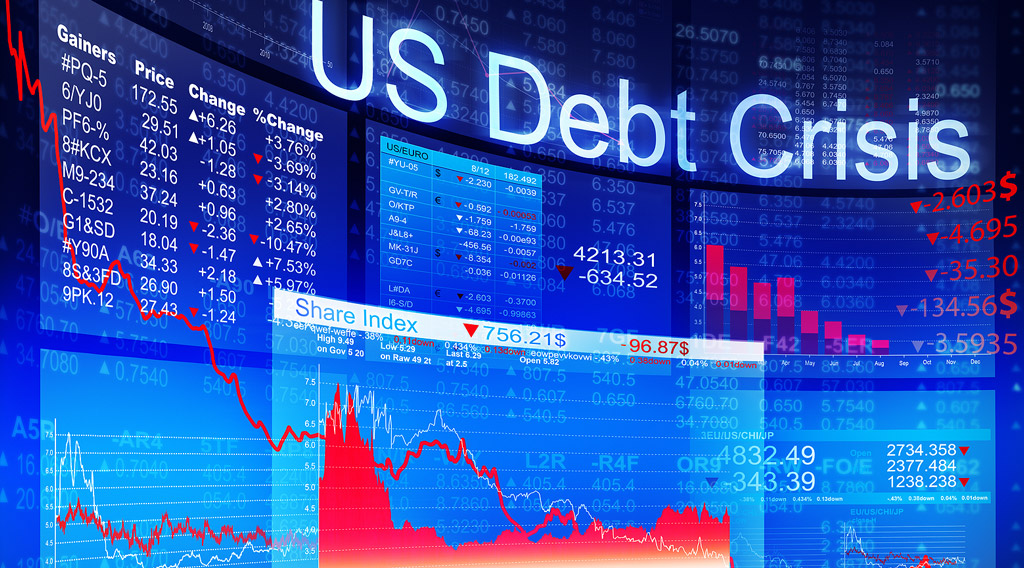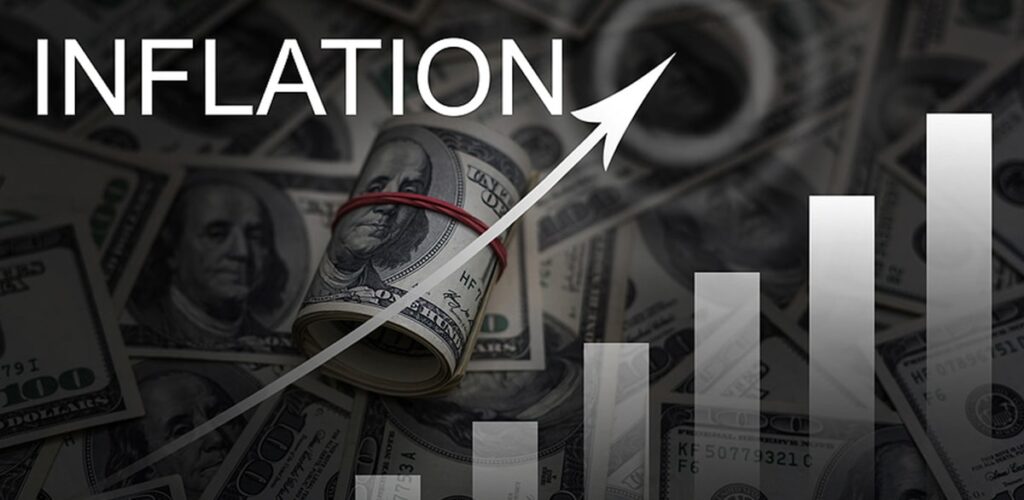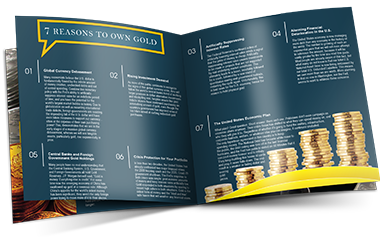 It’s a long-standing tradition for banks and investment firms to release annual forecasts at the beginning of the year. In 2025, the world stands at a crucial turning point, shaped by widespread political shifts, economic fluctuations, and geopolitical strife. With the world’s largest portfolios under their management, these financial institutions have their finger on the pulse of domestic and global changes, making their insights particularly valuable for everyday investors.
It’s a long-standing tradition for banks and investment firms to release annual forecasts at the beginning of the year. In 2025, the world stands at a crucial turning point, shaped by widespread political shifts, economic fluctuations, and geopolitical strife. With the world’s largest portfolios under their management, these financial institutions have their finger on the pulse of domestic and global changes, making their insights particularly valuable for everyday investors.
Key Changes in 2025
- The US economy is expected to grow at a modest 2% while outpacing global peers.
- Inflation is likely to stick around slightly above target rates and rise by year-end.
- Trump’s aggressive trade policies could increase inflationary pressures domestically.
- Gold, and safe-haven assets, are slated for continued growth amid rising uncertainty.
- Emerging markets remain focused on reducing dollar dependence and diversification.
Disruptive Economic Policies
The US economy’s projected growth may be tempered by the macroeconomic challenges posed by Trump’s disruptive policies. Banks specifically warn that the incoming administration’s tariff plan could weigh heavily on the domestic economy and the American people.
Experts anticipate, at least in the short term, that Trump’s combative tariffs will increase inflationary pressures such as higher prices, retaliatory tariffs, economic disruption, and rising interest rates.
We think the first round of tariffs from the new administration will mostly target imports from China, followed by expansion to other goods, leading to higher consumer prices and slower growth.–

Growing Debt Burden
The sheer cost of Trump 2.0’s far-reaching policies is a compounding factor for the economic challenges projected in 2025. The Committee for a Responsible Federal Budget projects the administration could add $7.75 trillion to the already towering US national debt.
Extending some or all of the 2017 Tax Cuts and Jobs Act provisions would come with a $4 trillion price tag and raise the federal budget deficit.–
In another policy-specific critique:
If the U.S. turns aggressively inward by sharply curtailing trade and attempting large-scale deportations, the fallout would be a far more adverse global supply shock, amplifying economic challenges and increasing deficits.–
Fiscal uncertainty underscore[s] the need for investors to prepare for a more volatile environment as debt concerns intersect with economic policies..–

Ongoing Inflation Battle
The Federal Reserve launched its quantitative easing cycle with a steep rate cut in 2024, but persistently above-target inflation numbers have slowed this pace. Many banks point to an ongoing battle with inflation throughout 2025, stoked by a slew of disruptive economic policies.
We’ve transitioned to a ‘new normal’. A normal where neutral rates will likely remain elevated relative to the past decade.–
Bank of America sees the Fed cutting rates down to between 2.5% and 3%–still above the target of 2%–while acknowledging the “fears that inflation may return.”
Morgan Stanley echoes these concerns of a rebound explaining,
We see inflation picking back up in the second half of 2025, pushing down consumer spending and in turn production and employment.

Everything you need to know to get started in Precious Metals
Learn how precious metals can strengthen your portfolio, protect your assets and leverage inflation.
Request the Free GuideBullish Gold Outlook
Another common point of agreement among leading financial institutions is the bullish outlook for gold in 2025. As investors wade through economic instability, political upheaval, and geopolitical tensions safe-haven demand remains consistent.
We maintain our multi-year bullish outlook on gold as the most likely macro scenarios in 2025 still skew bullish for the metal.–
Some of the main drivers of gold’s expected growth, according to these banks, include:
- Macroeconomic Volatility: Stubborn inflation, swinging interest rate policies, and looming trade wars set the stage for wealth-preserving assets, such as gold, to shine.
- Government Consumption: Central bank demand, a key catalyst for gold price performance, is expected to continue unabated in 2025 with UBS projecting gold demand to hit 900 tons.
- Supply Constraints: A tightening gold supply with steady demand could further elevate gold prices as more investors outbid each other for limited available resources.
Gold Prices in 2025
So where does that leave us with gold prices for 2025? The average gold price predictions for 2025 have the yellow metal extending over $3,000/oz.

